

Ben Zachariah
Video: Off-road battle for Beer O’Clock Hill has automakers scrambling
13 Hours Ago
From the increasing popularity of Chinese vehicles to the return of deals, here are some of our predictions for 2024.

News Editor
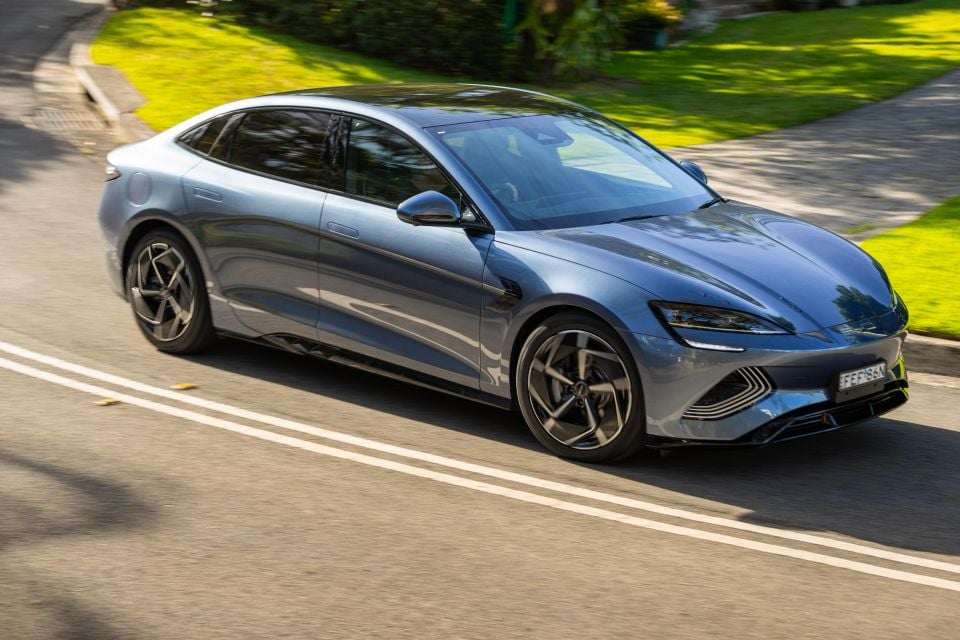

News Editor
We don’t have a crystal ball, but we follow the automotive industry closely. After all, it is our job.
Consequently, we can see the direction car companies and markets are taking – though there’s always the opportunity for a surprise.
Here we share some of our predictions for the new year.
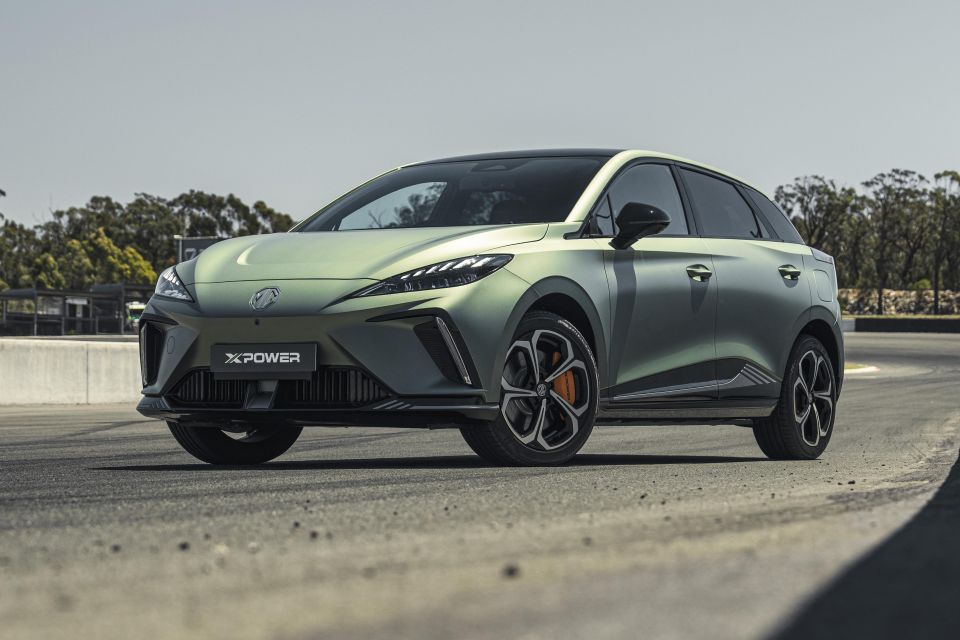
Yes, the Chinese are here and they’re going to be bringing lots of EVs the like of which the world has never seen. Its akin to an industrial revolution on a scale we have not seen for decades or more.
Not only do they have science-fiction levels of technology on board, but they’re also priced tens of thousands of dollars less than the equivalent vehicle from the legacy brands.
Dynamically, though, they’re not quite on the same level as the Europeans, but if you look at what Hyundai has achieved with its performance N brand is just a few short years, it won’t be long before Chinese brands are the feature item on F1’s Drive to Survive.
The big question is, though, will some of the legacy brands finally fold under the onslaught of Chinese and Korean car brands and the speed at which they’re moving?
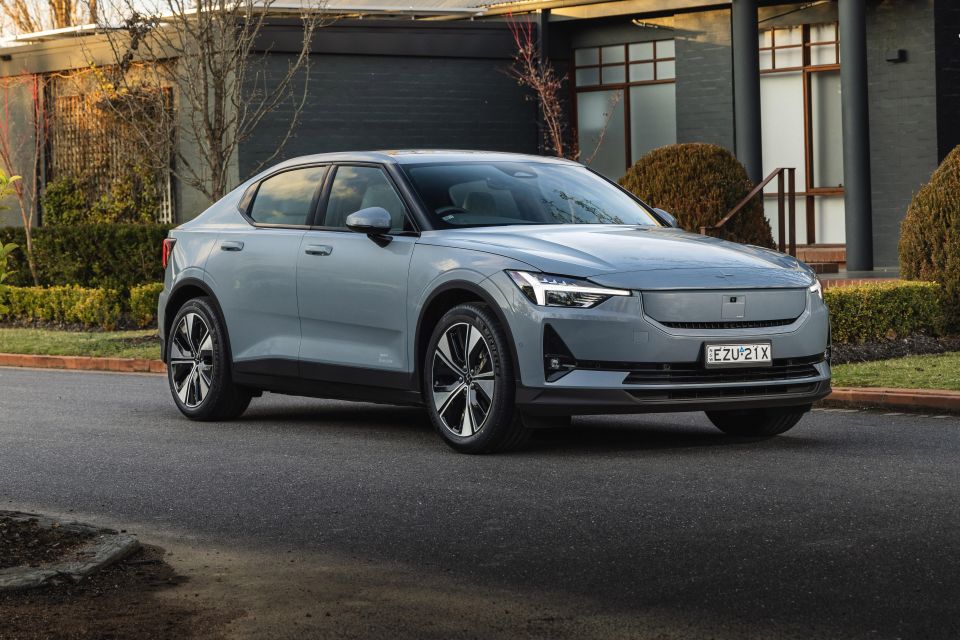
Car sales will rebound as inflation softens, but the gloss is likely to wear off surging EV demand – at least until prices and certainty around resale settles.
Resale and depreciation are both points of concern raised by the likes of Hertz and Sixt, who rely on steady and predictable resale values.
We could see this as an entry point for further domination of Chinese brands and further sales declines for brands like Polestar, which fail to offer enough incentive on price and consumer interest to generate sales.
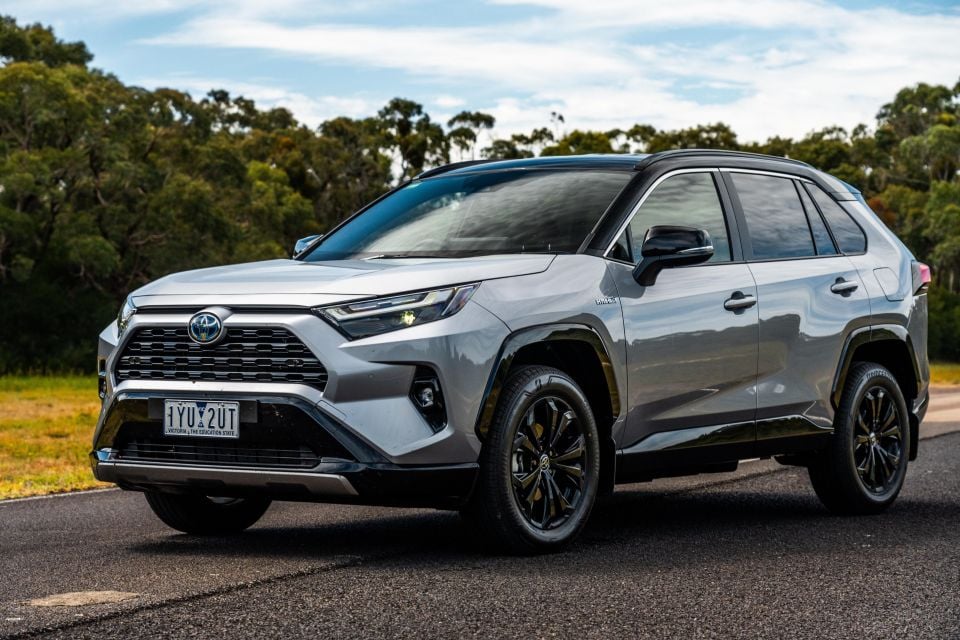
Things are going to get much, much tougher for carmakers and dealers in 2024.
Every brand we’ve spoken to recently has said the latest VFACTS deliveries records are not representative of current demand, and instead are down to supply finally arriving to fulfil a massive backlog of new car orders from the last two or three years.
According to the executives we’ve spoken to, order cancellation rates are on the rise. Sometimes, that’s down to people ordering more than one car and cancelling their “backup” options when one of their prospective new cars finally lands. Others, it’s down to rising interest rates and the cost-of-living squeeze. Either way, it will lead to lower delivery totals on the VFACTS sales charts.
The good news? That means deals are finally coming back for new car shoppers. Slowing orders and strong supply mean dealers are going to be holding stock for the first time since about 2020, which will see the return of discounts, drive-away deals, and sweeteners like free servicing to entice prospective buyers.
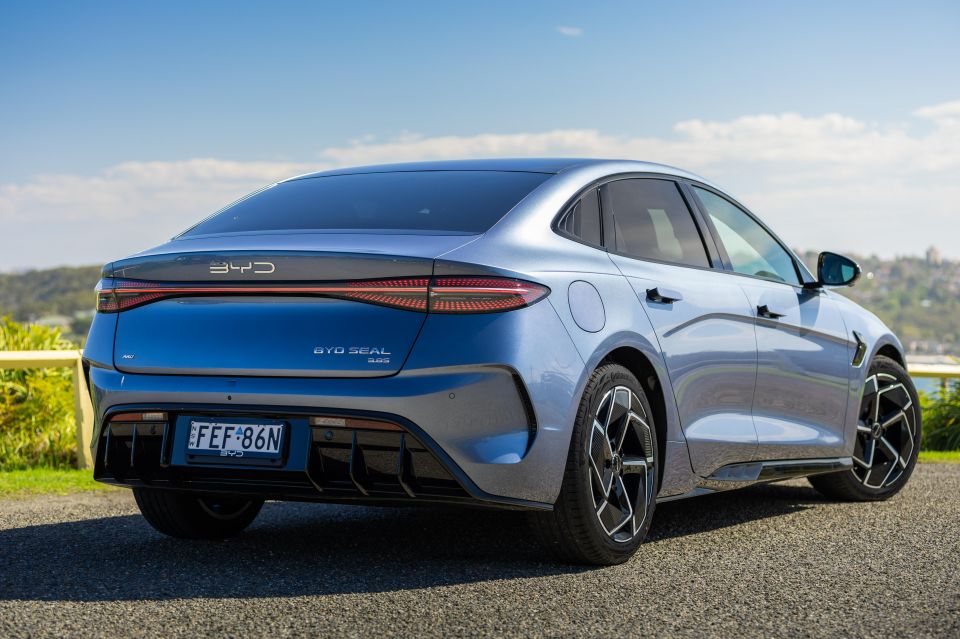
Chinese electric car brands will continue to dominate our local market. The technology available in China and around the world is constantly improving.
Some brands have been able to offer highly technologically advanced products at a competitive price. There’s no question that while there are some consumers in Australia who swear to never purchase a Chinese vehicle, some have no choice because of the increased cost of living.
Chinese brands are constantly coming to Australia and challenging legacy brands. In particular, BYD and MG want to dominate our local market in the coming years and with competitive pricing, no stock shortages and consistent marketing they will continue to grow.
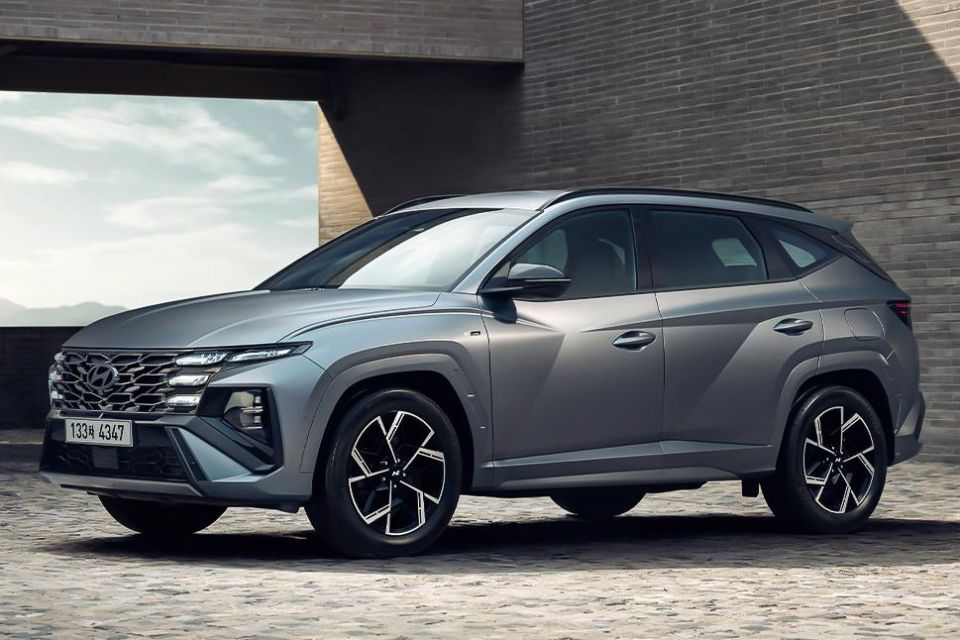
Hyundai will challenge Mazda for 2nd place in the sales standings.
After a couple of years falling off the boil, it seems Hyundai is really going hard in Australia and with some big launches in 2024 the Korean brand could be snapping at Mazda’s heels for silver in the Australian market.
The mid-sized Tucson SUV has seen good growth this year despite not offering an electrified option – and that’s going to change next year when the facelifted range ushers in the Tucson Hybrid to take on the top-selling and supply-stricken Toyota RAV4 Hybrid.

There’s also the distinctive new Santa Fe on the way, which will launch solely with hybrid at launch and likely add a powerful turbo petrol option as well. With more space and electrification, it should be a better rival for the related Kia Sorento on the sales charts in 2024.
A full year of the new i30 Sedan Hybrid will be a good indication of whether Hyundai can compete with the Toyota Corolla, and the revamped i30 Hatch will bring mild-hybrid power courtesy of its European production switch too. There’s plenty going on in key volume segments.
Compared to sister brand Kia, Hyundai has shown it can get better supply and more diversity in its model ranges, particularly its hybrid and battery-electric vehicles. If it can continue this moving forward, I can see Hyundai really putting pressure on the other top-selling brands. Time will tell…
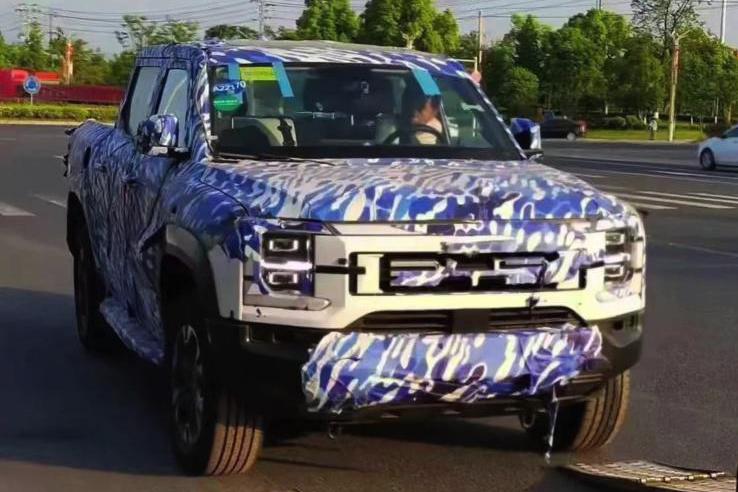
I know that I’m not alone in anticipating this but I predict the Chinese carmakers will continue to dominate the Australian new car sales charts.
Take BYD for example, which already has the Atto 3, Dolphin and Seal. The company has already confirmed it’s introducing two plug-in hybrid vehicles locally during 2024, and I’m really interested to see how they are received.
In addition, there are so many different Chinese brands that are currently hinting at selling cars in Australia in the near future. It certainly is an exciting time!

Chinese brands will continue to grow.
Ok, so I’m not really going out on a limb by saying that. We’ve seen the meteoric rise of MG, followed not far behind by GWM and LDV.
The Chinese car industry has matured enormously from the days where it was peddling recycled Daihatsu Charades and knockoff Isuzus, and Chinese car buyers have come to expect a high level of safety and convenience technology as well as an increasing degree of electrification. A couple of duds aside, we’ve seen the array of Chinese cars sold here in turn become increasingly sophisticated.
And yet I was surprised to see just how massively BYD grew here in such a short space of time. This was a brand completely unfamiliar to most Australian buyers, and it got off to a rocky start too, and yet it’s now Australia’s second best-selling electric vehicle brand.
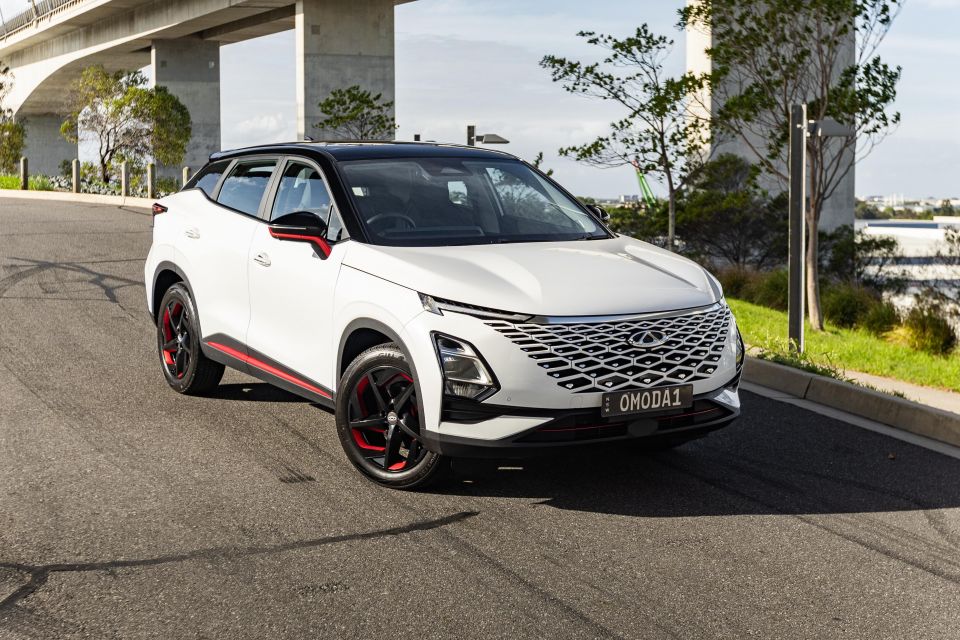
Then there was Chery. I took an even dimmer view of that brand at first, because although it did have some name recognition here, little of it was good. Its last crack at our market almost a decade ago saw it offer low-tech, bargain basement models, one of which was in old Chinese car fashion a blatant knockoff of another vehicle. Its sales were woeful, and it disappeared after just a few years.
Surely that would have corroded any potential goodwill from Australian buyers with that stint here. But no! The Omoda 5 is already outselling segment stalwarts, and its Tiggo 7 Pro may well do the same. Again, there’s a comparatively low price working in Chery vehicles’ favour, but nevertheless the company is offering an abundance of tech and five-star safety ratings.
Chery has also figured out the importance of a first impression, and its vehicles major on showroom appeal even if they can’t match the Japanese and Koreans in terms of dynamics. Give them time, though – the Chinese carmakers have proved quick learners. Remember, we Australians laughed at Japanese and Korean cars back in the day, too.
So, if Chery – not one of the Chinese Big 4, and with a dark past in Australia – can get off to a strong start, it feels like Australia is ripe for the picking by Chinese brands. We already know JAC and GAC Aion plan to come here, and I suspect there will be plenty more to come.
William Stopford is an automotive journalist with a passion for mainstream cars, automotive history and overseas auto markets.


Ben Zachariah
13 Hours Ago


CarExpert.com.au
21 Hours Ago


Damion Smy
1 Day Ago


Damion Smy
2 Days Ago


Damion Smy
2 Days Ago


Damion Smy
2 Days Ago